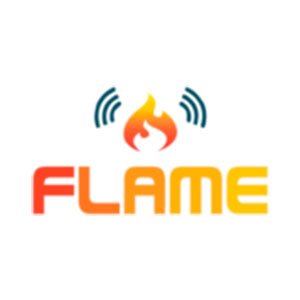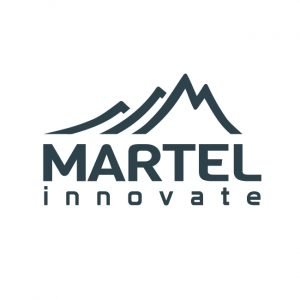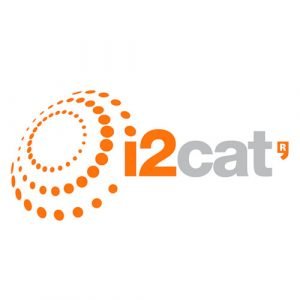
Keep up to date with our innovative initiatives.
Sign up here


Started at: 01-01-2017
Ends on: 31-12-2019
Budget: 4,999,742.50€
Areas: 5G/IoT - Mobile Wireless Internet
FLAME takes a holistic approach, with the platform reaching from the top-level experiment level over the traditional compute & storage cloud infrastructure down to the routing and transport network level, providing complete experimental control.
The main target is to provide a significant leap forward for media delivery supporting personalized, interactive, mobile and localized (PIML) workflows. It gives media service providers, technology and infrastructure providers an opportunity to understand the interplay between content and infrastructures used to deliver it.
The FLAME platform provides this leap through capabilities for low latency distributed computing as well as content over a 5G-enabled programmable infrastructure, providing the user with faster access to media and services, lower latency and higher personalization of the experience through closer media processing. Through the platform’s fast and dynamic service request routing capability, media service providers will have fine-grained control over load and therefore costs across the network. This offers the potential to significantly reduce the overall costs while ensuring fast availability of services towards end users.
Furthermore, the FLAME platform will provide the capability to cheaply broadcast content to multiple users without any need for adopting clients and services to specific multicast protocols, significantly reducing the predicted cost increase for video delivery.
The ambition of FLAME is to build a ground-breaking media delivery platform. It aims to provide tighter integration of media services with the programmable compute, storage and communication infrastructure of the Telcos, allowing placement of media services deep in the network, in metro data centres as well as at the very edge of the network in street cabinets.




























This project has received funding from the European Union’s Horizon 2020 research and innovation programme under grant agreement No 731677.